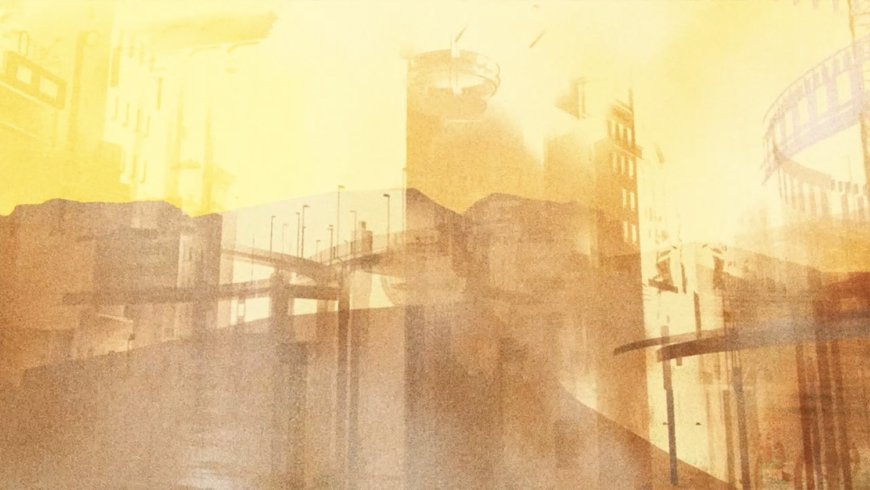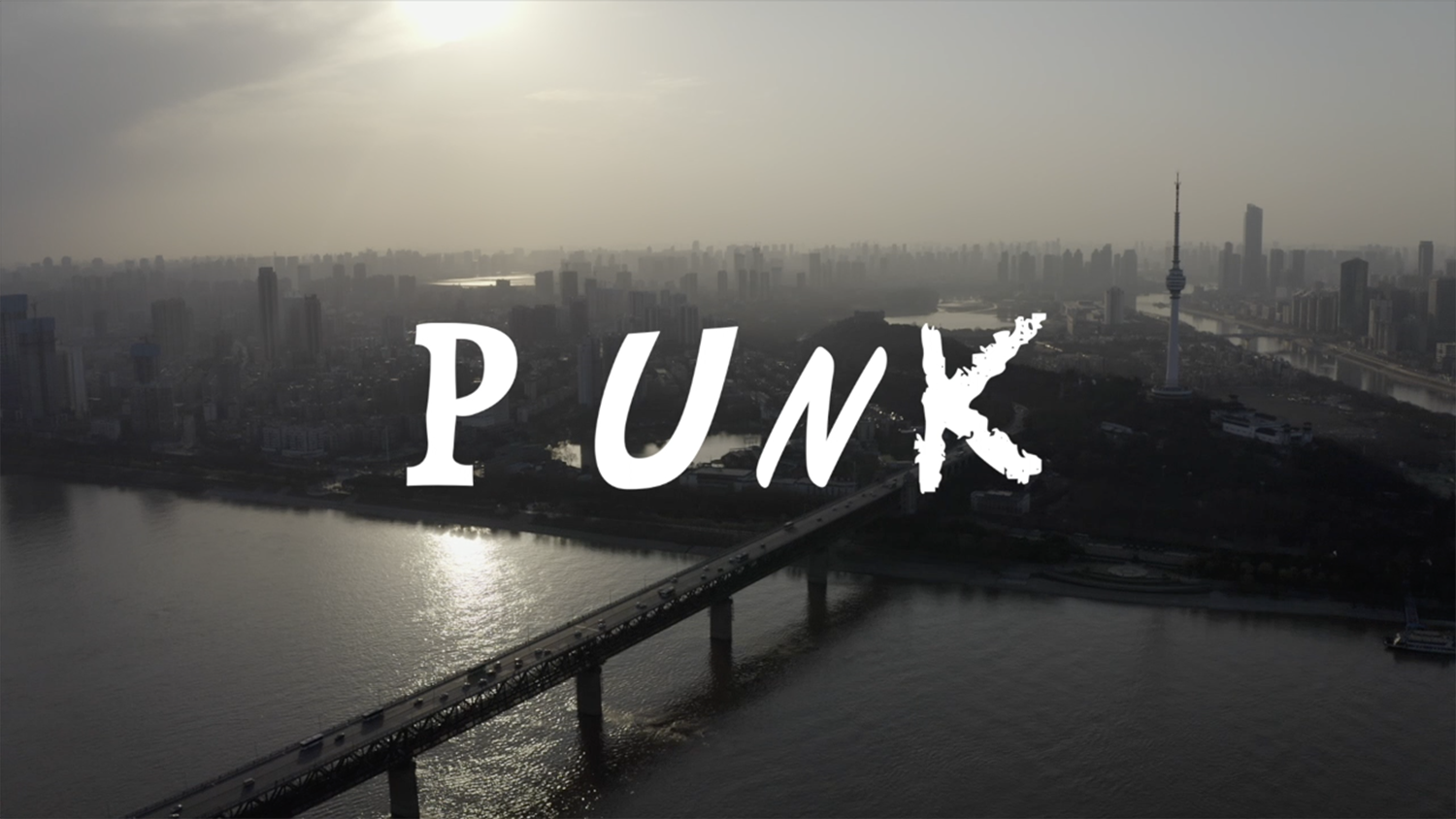Wuhan Punk will screen as part of VideoEx International Competition as part of the Int 02 programme.
The name of the city of Wuhan will probably always be inseparable from the onset of the 2020 coronavirus pandemic. A low-key, unsung player in China’s rapid industrial transformation, the country’s seventh city had stayed mostly under the radar until then. Far from the boomtowns of the Special Economic Zones, and often landed with the dirty work of iron and steel production or heavy-duty manufacturing, Wuhan was allegedly only famous for its grime and its smogs. But, as Chris Zhongtian Yuan’s Wuhan Punk suggests, the city’s rampant pollution and constant, deafening din, not to mention its air of alienated outsiderdom, may have helped create the conditions for something else that Wuhan became well known for – its vibrant punk rock scene.
Punk had raged across much of the planet before it got to Wuhan in the 1990s. But its local outpouring was no less angry and fiery for all that. Zhongtian Yuan’s video is an evocative memento of the burst of creative energy behind that moment in time that mobilises archive material and atmospheric digital animation to ponder the current whereabouts of Mai Dian, the charismatic frontman of the punk group, Si Dou Le. While his memory and influence lives on powerfully in the mind of the video’s narrator, traces of his music have mostly disappeared, along with the venues that the Wuhan bands would have performed in. A drone camera high above the city reveals a gleaming vista of recent urban development that has doubtless accounted for many of those older neighbourhoods, in a pattern of renewal and gentrification that is also sweeping across much of the globe. Punk may have generated fear or loathing for its mood of menace and apocalyptic pandemonium but it may be that a rising tide of consumerist homogenisation poses a more pervasive and insidious threat.

